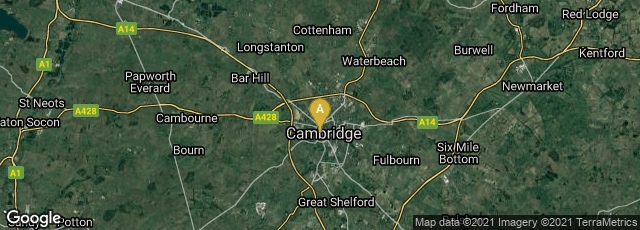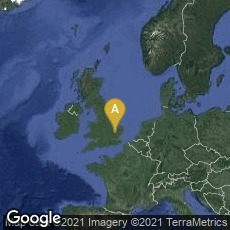

A: Cambridge, England, United Kingdom
Meteorologist Lewis Fry Richardson, creator of the first dynamic model for weather prediction, proposes the creation of a “forecast factory” that would employ some 64,000 human computers sitting in tiers around the circumference of a giant globe. Each calculator would be responsible for solving differential equations related to the weather in his quadrant of the earth. From a pedestal in the center of the factory, a conductor would orchestrate this symphony of equations by shining a beam of light on areas of the globe where calculation was moving too fast or falling behind.
In 1922 English mathematician, physicist, meteorologist, psychologist and pacifist Lewis Fry Richardson, an early advocate of the team approach to the solution of large-scale computing problems, published Weather Forecasting by Numerical Process in Cambridge at Cambridge University Press. In this work Richardson described a fantasy weather forecast “factory” of sixty-four thousand human computers working in “a large hall like a theatre,” calculating the world’s weather forecasts from meteorological data supplied by weather balloons spaced two hundred kilometers apart around the globe.